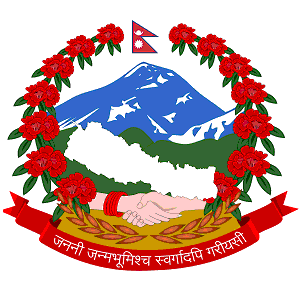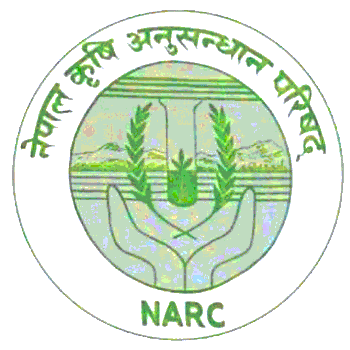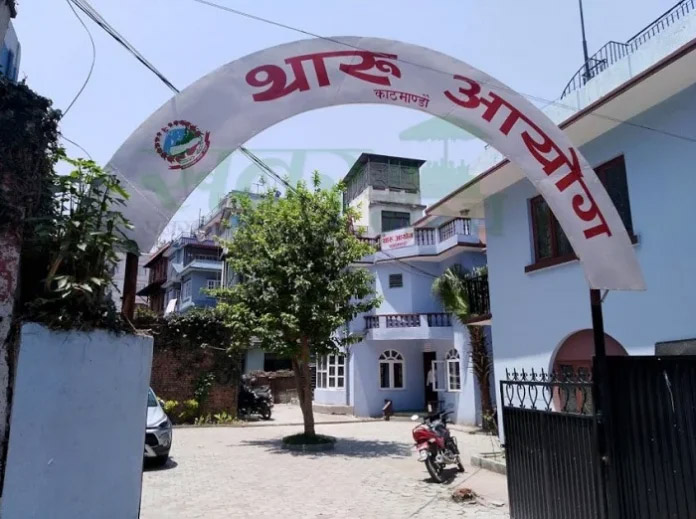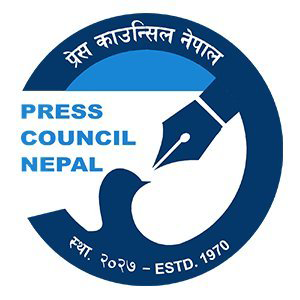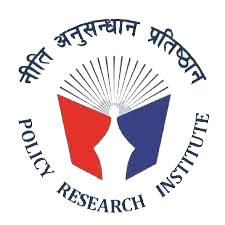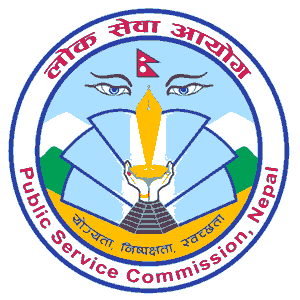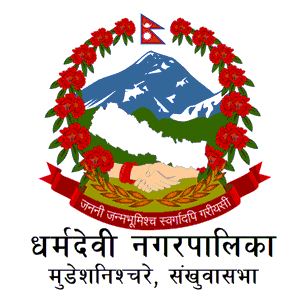Overview
The Nepal Academy of Fine Arts (NAFA - Nepal Lalitkala Pragya-Pratishthan) stands as a central institution for artists, art researchers, and critics in Nepal. It plays a crucial role in fostering the creation, exhibition, and study of art across various genres. With its foundation structured around the Academic Council and Academic Assembly, NAFA is at the forefront of policy-making and implementation aimed at the growth of Nepali art.
NAFA's extensive initiatives span from organizing art workshops, seminars, and exhibitions to encouraging research in art history and contemporary practices. The academy is divided into specialized departments, each focusing on a unique aspect of the arts: Traditional Arts, Painting, Sculpture, Folk Arts, Handicrafts, Architecture, and Other Creative Arts (Interdisciplinary Art). These departments are instrumental in exploring and nurturing various art forms, from the ancient traditions of Paubha and Thangka paintings to modern and contemporary expressions in painting, sculpture, and interdisciplinary art.
By offering educational programs, research opportunities, and exhibitions, NAFA plays a vital role in not only preserving the historical and cultural legacy of Nepali art but also in embracing and integrating modern trends and innovations. Through its commitment to artistic excellence and its support for artists and craftsmen, NAFA contributes significantly to the cultural landscape of Nepal, ensuring that its artistic heritage is celebrated, evolved, and cherished for generations to come.

Key Functions and Structure
- Policy Development: The Academic Assembly is responsible for crafting policies and programs that drive the advancement of art in Nepal.
- Execution and Collaboration: The Academic Council, comprised of a Chancellor, Vice-Chancellor, Member Secretary, and Council Members, works closely with artists and art organizations to bring these policies to life.
- Monitoring and Evaluation: A significant part of NAFA's mission involves overseeing art activities nationwide, assessing artworks, and recognizing artists with awards.
Art Promotion and Education
NAFA is committed to promoting art education and innovation through:
- Workshops and Seminars: Organizing events across Kathmandu and various districts to foster skill development and exchange among artists.
- Fellowships and Scholarships: Encouraging the study and documentation of Nepali art history to enrich the artistic community.
- Global Art Integration: Introducing Nepali artists to global art trends while encouraging them to draw inspiration from their cultural heritage.
Supporting Artistic Development
- Diverse Art Genres: With departments dedicated to painting, traditional arts, sculpture, and more, NAFA champions both traditional and contemporary art forms.
- Artistic Resources: The Academy provides financial support and resources to artists, backed by the Nepal Government and its own funding initiatives.
Cultural Preservation and Exhibition
- Museum and Gallery: NAFA's museum offers a visual history of Nepali art, culture, and society through its extensive collection, while its gallery showcases works from national and international artists.
- Publications and Library: By publishing research, journals, and books on art, and maintaining a well-stocked library, NAFA serves as a knowledge base for both Nepali and global art.
The Historical Journey of the Nepal Academy of Fine Arts (NAFA)
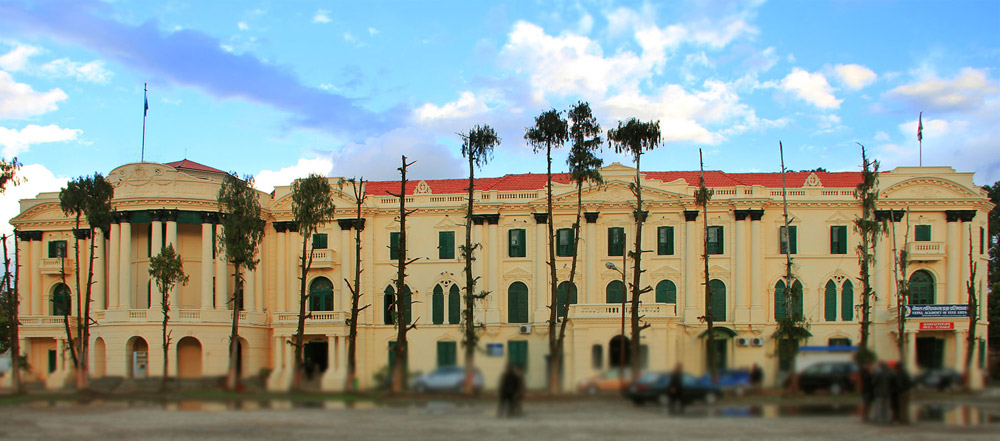
Establishment and Evolution: The Nepal Academy of Fine Arts (NAFA), a milestone for the artistic community in Nepal, was established in 2010 with the vision of fostering the arts in the country. Its inception marked a significant milestone in recognizing and institutionalizing the arts within the Nepali cultural framework. The academy was founded to serve as the central organization for artists, art researchers, and critics, facilitating the creation, exhibition, study, and research of various art genres.
Mission and Growth: From its early days, NAFA set out with a clear mission: to develop policies and programs that would nurture the growth and development of Nepali art. This mission was supported by its two main pillars, the Academic Council and the Academic Assembly, which together worked on policy formulation and execution in collaboration with the broader artist community and other art organizations.
Facilitating Artistic Exchange and Education: NAFA has been instrumental in organizing art workshops, seminars, and national art exhibitions not just in its headquarters in Kathmandu but across various districts in Nepal. These events have been pivotal in imparting new concepts, skills, techniques, and styles of art. They have also served as platforms for artists to share experiences and learn from each other, fostering a rich community of artistic exchange.
Promoting Research and Innovation: Recognizing the importance of understanding and preserving the history of Nepali art, NAFA has actively encouraged research by providing fellowships and scholarships. The academy's efforts in documenting and publishing research findings have significantly contributed to the enrichment of the art community and the preservation of Nepal's artistic heritage.
Adapting to Modern Trends: With a keen eye on the global art scene, NAFA has endeavored to introduce contemporary Nepali artists to modern and postmodern trends in world arts. This initiative aims not only to inspire artists with global perspectives but also to ensure the evolution of Nepali art remains dynamic and relevant.
Comprehensive Support for Artists: NAFA's role extends beyond education and exhibitions; it actively supports artists through financial assistance, resource generation, and the promotion of creativity. The establishment of departments dedicated to various art forms underlines NAFA's commitment to nurturing all genres of art, embracing both traditional and contemporary practices.
A Cultural Treasure Trove: The academy's museum and gallery, housing a vast collection of artworks, serve as windows into the visual history and cultural heritage of Nepal. These spaces not only celebrate the artistic achievements of the past and present but also inspire future generations of artists.
A Legacy of Artistic Excellence: Over the years, NAFA has built a legacy of artistic excellence, becoming a key player in the cultural landscape of Nepal. Its contributions to the promotion, preservation, and development of Nepali art have been invaluable, ensuring that the rich tapestry of Nepali art continues to thrive and resonate both nationally and internationally.
Tracing the Evolution of Nepali Art:

Ancient Roots and the Lichchhavi Period: Nepali art, with its deep-seated origins in Nepali culture, traces its discernible history back to the sculptures of the 4th century A.D. during the Lichchhavi period, often hailed as the golden era of Nepali artistry. The sophistication of these early works suggests that the art form's inception predates recorded history. Notably, 7th-century accounts by a Chinese envoy highlighted the prevalence of exquisite wall paintings in the Kathmandu Valley, indicating a rich tradition of visual expression, even though the earliest identified Nepali painting is the Prajnaparamita manuscript illumination.
Cultural Integration and Artistic Expression: Integral to Nepali civilization, art has always been a vibrant component of cultural rituals and festivals, encompassing a diverse array of forms including sculpture, music, painting, performance, and installation. Historically, art served both spiritual and pragmatic purposes, embodying values and teachings central to the community's moral fabric. This blend of artistry and utility is still visible in contemporary Mithila art, which continues to reflect these ancient traditions.
Evolution and Diversity in Art Forms: Over centuries, Nepali art has undergone significant transformations, moving from religious to secular themes, and from symbolic to more subjective and abstract expressions. Early Nepali art and architecture were rich in symbolism, often portraying deities and human figures with a youthful vigor, embodying both mystical and didactic elements. Initial forms of Nepali paintings, such as manuscript illumination, paubha, mandala, and narrative scroll paintings, alongside architectural styles like the pagoda temple and stupa, laid the foundational aesthetic of the region.
Influence of the Rana Regime: The Rana period marked a pivotal shift towards secularism, realism, and the introduction of oil paints, moving away from the religious and symbolic motifs of earlier times. Art during this era prominently featured portraits of the Rana rulers and their kin, reaching a zenith in the art of portraiture within Nepali art history. Additionally, landscapes and still life paintings emerged, with Western neoclassical architecture influencing local building styles.
Post-Rana Renaissance and Modern Influences: The advent of democracy in 1951 ushered in a new era of artistic freedom and experimentation, facilitated by the cross-cultural exchanges that globalization brought. Nepali artists began to adopt and adapt various Western art movements, including Impressionism, Fauvism, and Surrealism, among others. This period witnessed a shift from realism to abstraction, with artists exploring personal themes and subjective experiences over external representations.
Contemporary Nepali Art: Today, Nepali artists stand at a unique crossroads of tradition and innovation, seeking to merge the wisdom of the past with contemporary global trends. This journey involves a conscious effort to unlearn established rules, listen to their inner voices, and express themselves in a distinctive visual language. The essence of creating art in Nepal has evolved into a deeply personal act of self-expression, reflecting a matured and introspective approach to artistry.
Departments of the Nepal Academy of Fine Arts (NAFA)
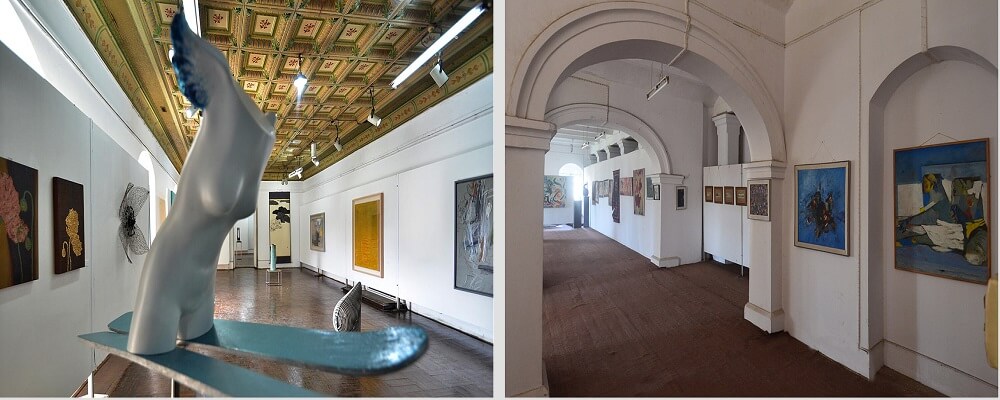
Department of Traditional Arts
- Research and Preservation: This department delves into the study and exploration of traditional arts like Paubha, Thangka paintings, and mandala, among others, with a focus on their religious, narrative, and mystical aspects.
- Educational Initiatives: Through workshops, seminars, and training programs, it shares its findings with both established and aspiring artists, aiming to keep these ancient art forms alive.
- Publication and Support: It also undertakes the publication of books on traditional Nepali arts to preserve and promote these forms, supporting traditional artists in their craft.
Department of Painting
- Innovative Studies: Focused on the study and advancement of painting, this department fosters the dissemination of new knowledge and innovative trends in painting through seminars and workshops.
- Exhibition and Fellowship: It facilitates exhibition opportunities for artists and offers fellowships for research in Nepali painting, contributing to the published body of work on art history.
- Diverse Media Engagement: Encouraging exploration in various media and forms, this department looks to expand the boundaries of modern and contemporary painting.
Department of Sculpture
- Sculptural Development: Dedicated to the advancement of sculpture in Nepal, this department organizes studies, symposiums, and workshops to share knowledge and new trends in sculpture.
- Research and Publication: By offering fellowships and publishing research findings, it aims to make Nepali artists aware of global sculptural trends and techniques.
- Diverse Sculptural Forms: It promotes the creation of various kinds of sculptures, from traditional to modern, and encourages exhibitions and collaborative art activities.
Department of Folk Arts
- Cultural Research and Promotion: This department focuses on discovering and documenting folk arts across Nepal, aiming to bring rural artists' work to a broader audience.
- Preservation and Adaptation: It works on preserving endangered folk art traditions and adapting them to contemporary contexts, supporting folk artists through its efforts.
Department of Handicrafts
- Economic and Artistic Development: Aiming at the economic upliftment of craftsmen, this department encourages the production and sale of handicrafts, blending artistic creativity with pragmatic utility.
- Research and Modernization: Through fellowships and seminars, it focuses on traditional techniques and the integration of modern technology in handicraft production.
- National Identity and Craftsmanship: By supporting craftsmen and finding markets for their products, this department contributes to carving out Nepal's national identity through its unique handicrafts.
Department of Architecture and Other Creative Arts (Interdisciplinary Art)
- Innovative Art Forms: This department encompasses a wide range of art forms, including architecture, digital art, and performance art, aiming to break traditional boundaries and integrate various art genres.
- Research and Introduction of Contemporary Trends: It conducts research on contemporary arts and introduces these innovative trends to Nepali artists, encouraging a novel approach to artistic creation.
- Encouragement of Novelty: By hosting exhibitions, seminars, and talk programs, this department fosters the growth of new media and interdisciplinary art forms among the Nepali art community.




